Whales are fascinating creatures of the ocean. Imagine standing on a beach, gazing out at the vast sea, and then you see a huge splash far out in the water. That could be a whale making its presence known. These magnificent animals have captured the imagination of humans for centuries, and their story is one of wonder and mystery.
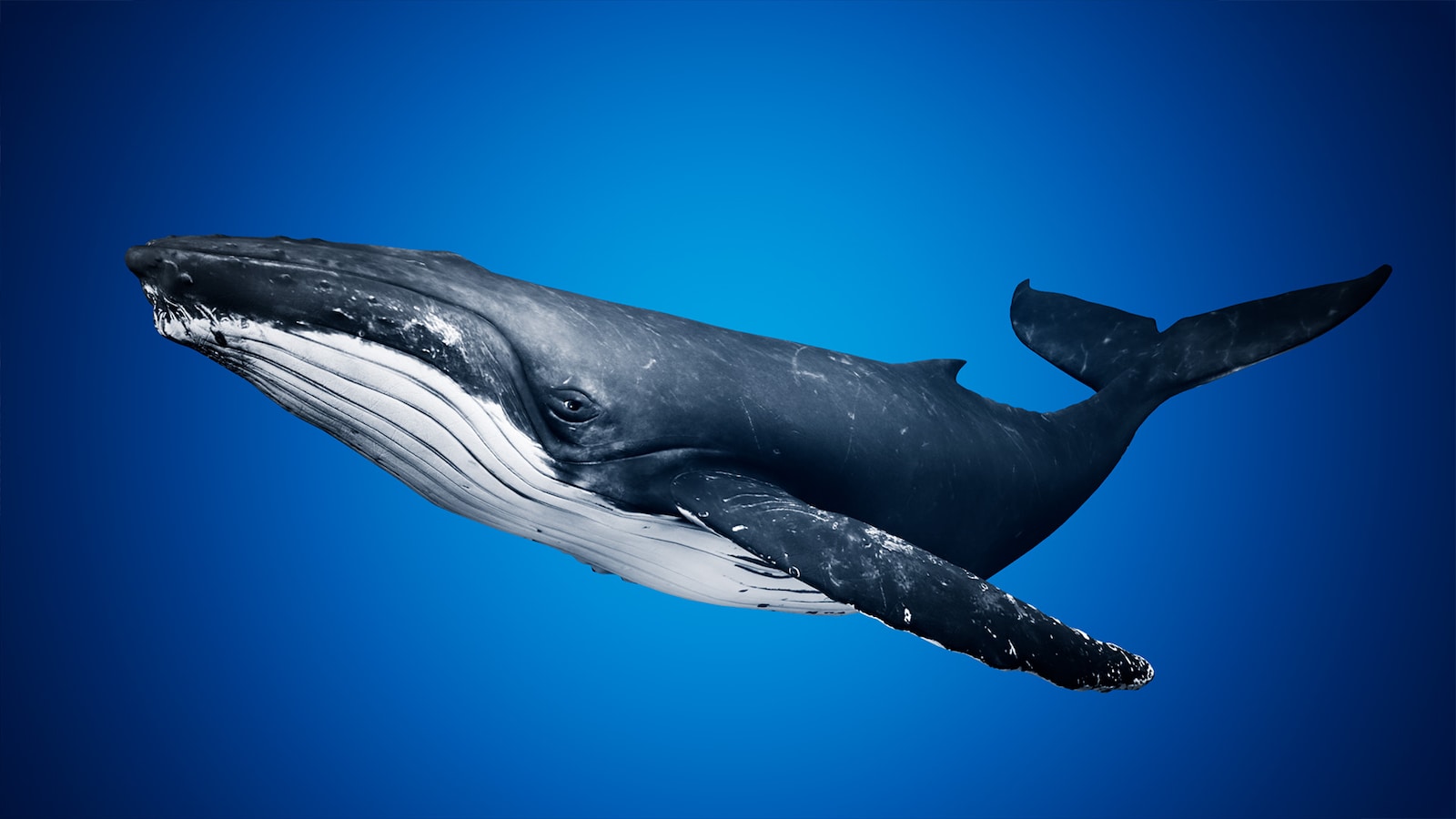
Whales are the largest animals on Earth. The blue whale, for example, can grow as long as three school buses lined up end to end. Despite their enormous size, these gentle giants feed on some of the smallest creatures in the ocean—tiny shrimp-like animals called krill. Each day, a blue whale can consume up to 4 tons of krill. It’s incredible to think about such a massive creature living on such tiny food.
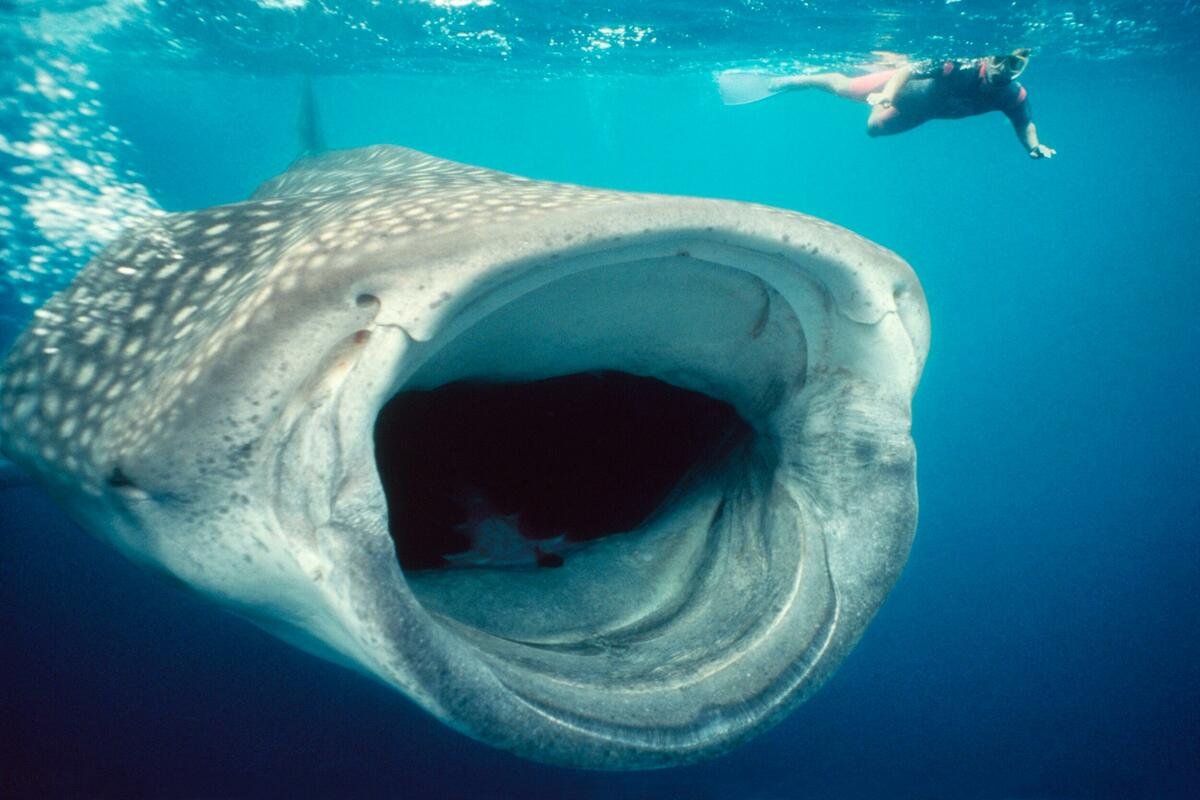
Whales are mammals, just like humans. This means they breathe air, give birth to live young, and nurse their babies with milk. They are warm-blooded and need to come to the surface of the water to breathe through their blowholes. When you see a spout of water shooting up from the ocean, it’s a whale taking a breath.
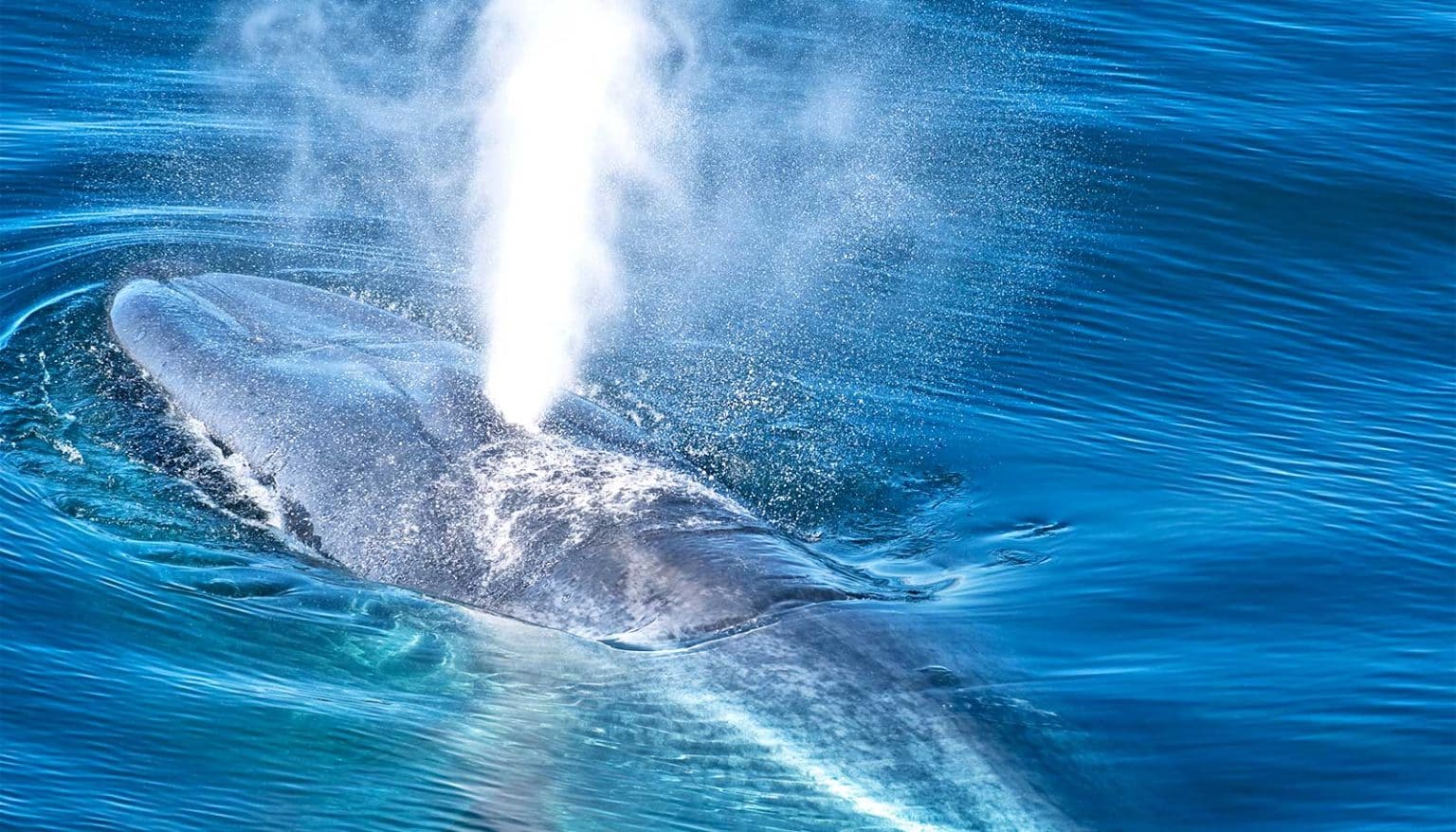
There are two main types of whales: baleen whales and toothed whales. Baleen whales have long plates made of keratin (the same material as human fingernails) in their mouths, which they use to filter food from the water. Toothed whales, on the other hand, have teeth and are active hunters. Examples of toothed whales include sperm whales, orcas (also known as killer whales), and dolphins.

Whales communicate with each other through a series of sounds. These sounds can be clicks, whistles, or long, melodic songs. Humpback whales are famous for their songs, which can last for hours and travel great distances underwater. Scientists believe these songs are used to attract mates and communicate with other whales.

The lives of whales are filled with epic journeys. Many species migrate thousands of miles each year between feeding and breeding grounds. For example, gray whales travel from the cold waters of the Arctic, where they feed in the summer, to the warmer waters off the coast of Mexico, where they give birth to their calves in the winter. This journey can be over 10,000 miles round trip, making it one of the longest migrations of any mammal.
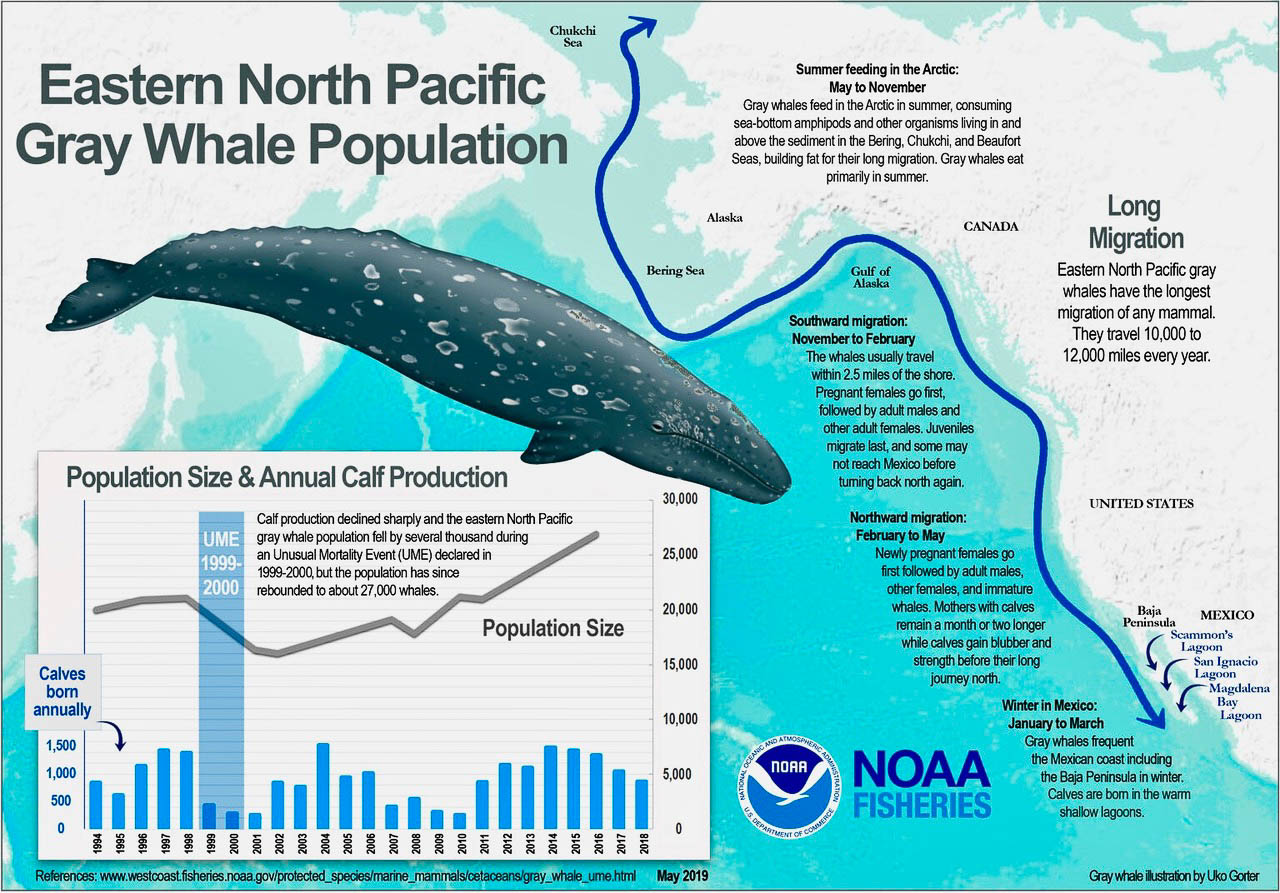
Despite their size and strength, whales face many threats. Human activities such as whaling, pollution, and entanglement in fishing gear have significantly impacted whale populations. Climate change also poses a threat, affecting the availability of their food sources and changing their migration patterns. Conservation efforts are ongoing to protect these incredible animals and ensure they continue to thrive in the wild.
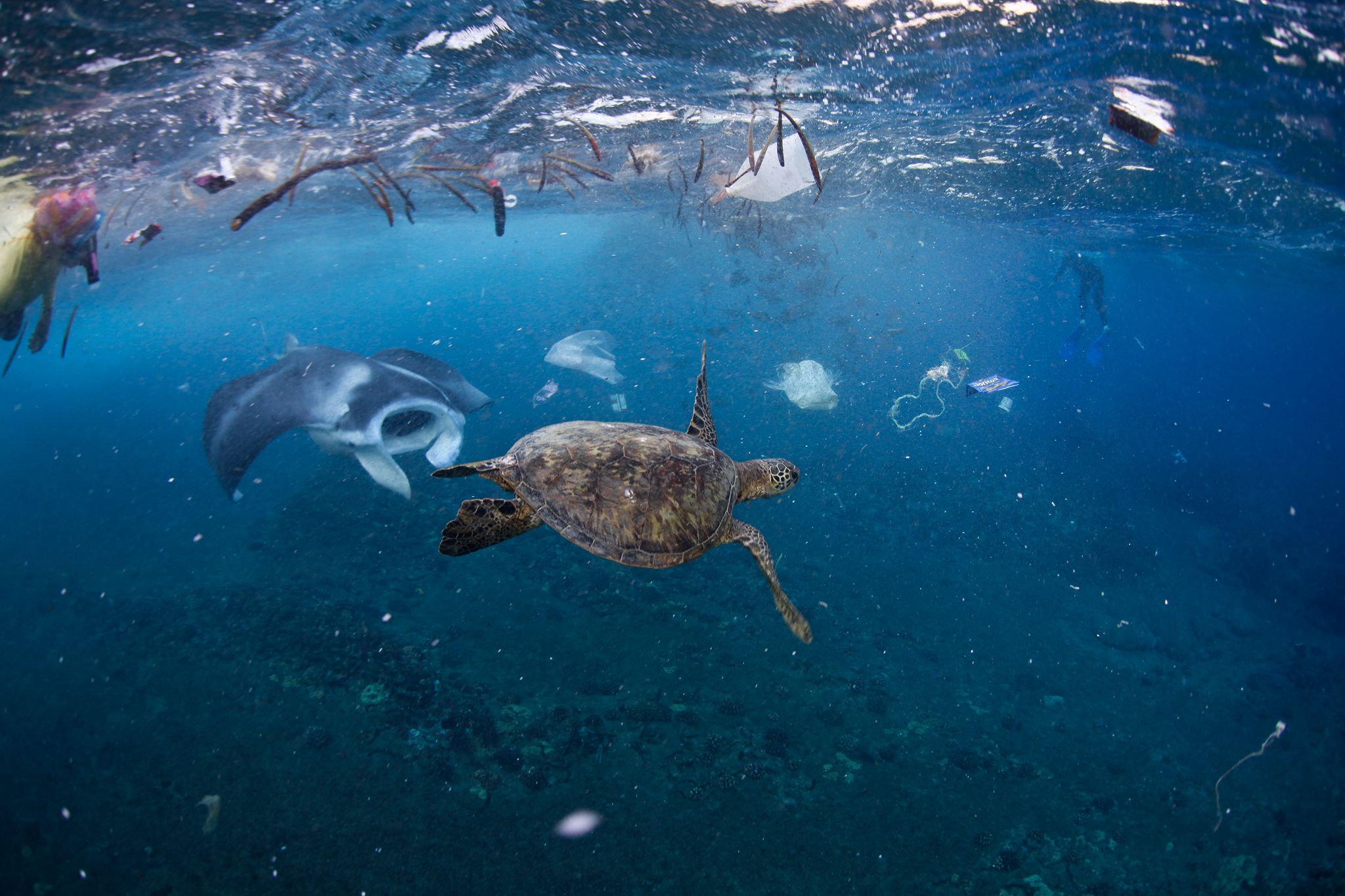
Whales have also played a significant role in human culture. Many coastal communities have legends and stories about whales. In some cultures, whales are considered to be guardians of the sea or symbols of peace and protection. Whale watching has become a popular activity, allowing people to see these majestic creatures up close and fostering a greater appreciation for their beauty and importance.
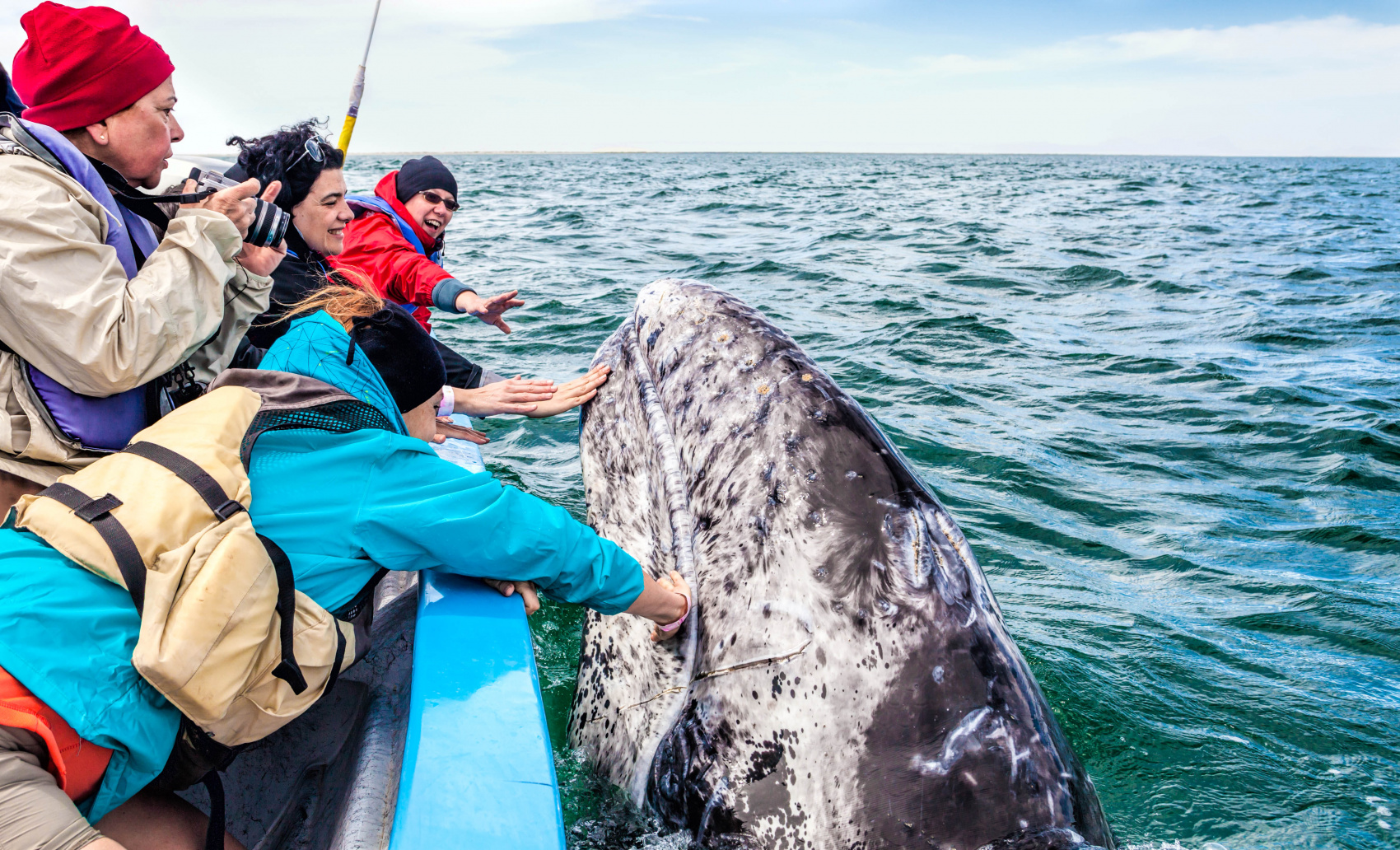
In addition to their cultural significance, whales are crucial to the health of marine ecosystems. They help regulate the ocean’s food chain and contribute to the carbon cycle. When whales dive deep to feed and then return to the surface, they bring nutrients up from the depths, which supports the growth of plankton. These tiny plants form the base of the marine food web and produce much of the oxygen we breathe.
Watching a whale breach, where it leaps out of the water and crashes back down with a tremendous splash, is a breathtaking sight. This behavior is still not fully understood by scientists. Some believe it is a form of communication, while others think it might be a way to remove parasites or simply a playful activity. Whatever the reason, it is a reminder of the power and grace of these ocean giants.
Whales remind us of the wonders of the natural world. Their sheer size, intelligence, and complex behaviors inspire awe and respect. They are a testament to the incredible diversity of life on our planet and the interconnectedness of all living things. Protecting whales means protecting our oceans and, ultimately, our own future.
Next time you find yourself by the sea, take a moment to look out over the water and imagine the whales swimming beneath the waves. These amazing animals have roamed the oceans for millions of years, and with our help, they will continue to do so for many more. Their story is a powerful reminder of the beauty and fragility of our natural world.